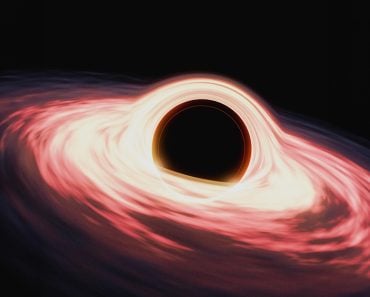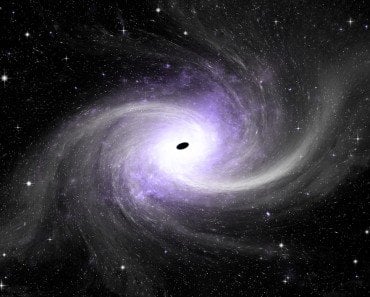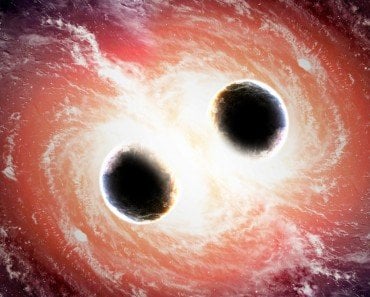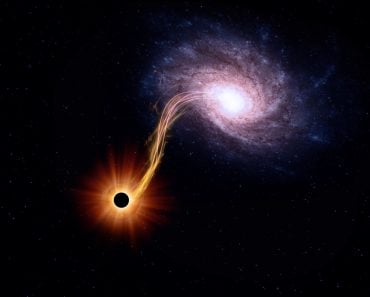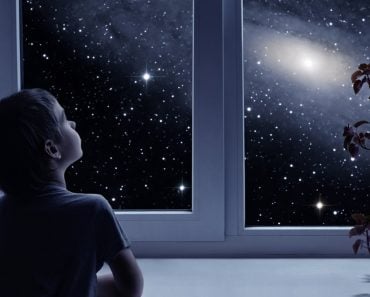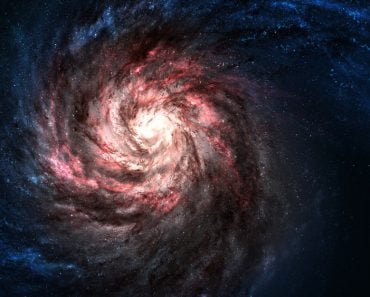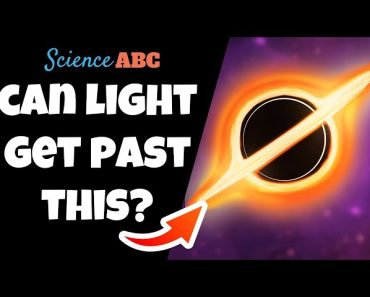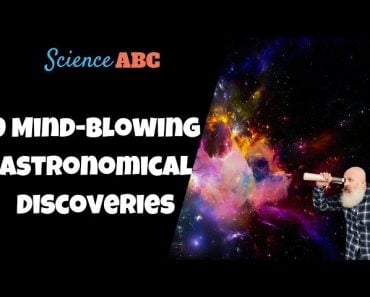Black holes are older than many objects in the universe and their total number is simply colossal. Their origin and formation provides information about our past and future.
Stephen Hawking would be delighted to see the growing interest and advancement in various fields of science pertaining to black holes. It was his dream and vision to be able to not just understand the entirety of a black hole’s functioning, but also view it in all its glory.
After all, his role in redefining pre-existing assumptions and solidifying mere guesswork surrounding black holes has been pivotal in taking the human race to where we are today. The term “black hole” might trigger a series of ideas in your mind, namely something deadly and potentially catastrophic, but black holes’ true beauty and sheer might remain uncharted. Let’s try and map out some portion of this extensive and mysterious area of the cosmos.
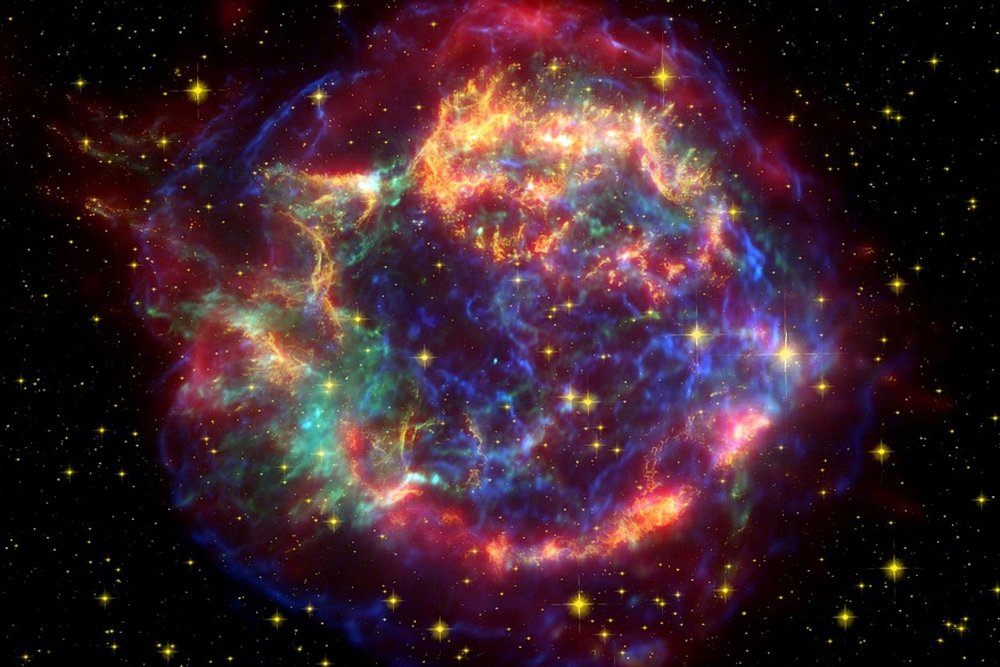
Recommended Video for you:
What Is A Black Hole?
Just about the only thing that sci-fi movies have gotten right over the years is the definition of a black hole. A black hole typically refers to an area in space where the gravitational force is so enormous that no amount of matter or radiation can escape it. Even light can’t break this cycle, which results in us not being able to see them.
The most common cause behind the birth of a black hole is the death of a star. So, while it is impossible to see black holes, very advanced telescopes are used to observe the structure and behavior of stars that are thought to be close to one, owing to the fact that they behave differently when in the vicinity of such a ‘cosmic titan’.
Constituents Of A Black Hole
- Inner and outer event horizons – The boundary of the black hole beyond which the mass disappears. This can be thought of as the last pit stop before individual entities become one mass. The concept was proposed by John Michell and the term was coined by Wolfgang Rindler.
- Singularity – The singularity of a black hole is the one point in space and time where the entire mass of the black hole is concentrated. The meaning of individual entities would be lost at this point. Ezra Newman proposed this idea for the first time.
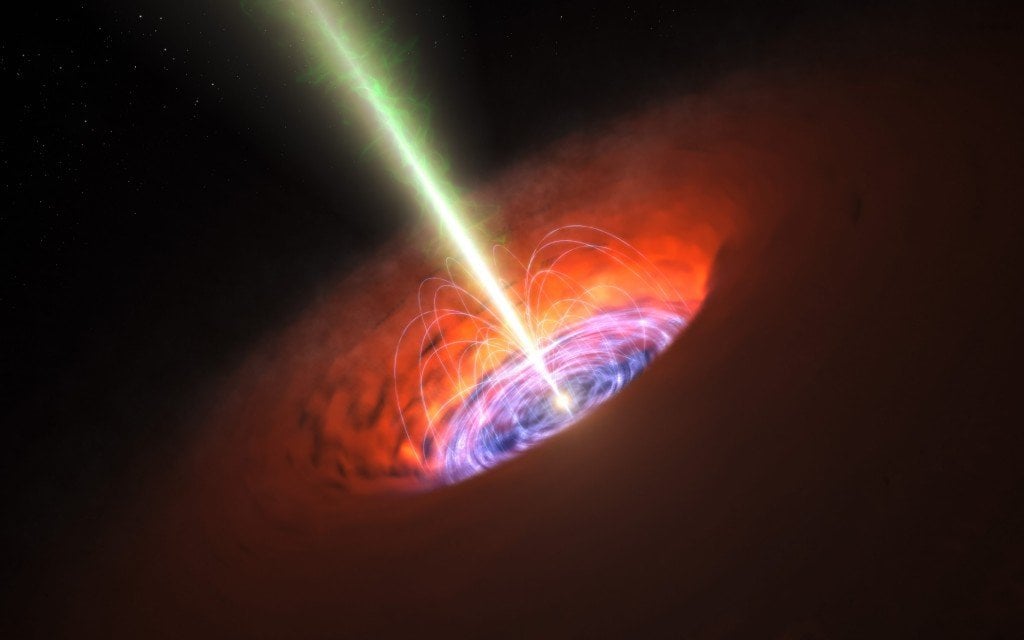
How Do Black Holes Form And What Is Their Range Of Size?
While most scientists argue that the first black holes emerged when the universe initially started expanding, ‘Stellar’ black holes are formed when the core of an extremely big star collapses in on itself. However, supermassive black holes are thought to have come into existence at the same time as the galaxies they are part of.
The one thing common to most if not all black holes is the path they take after their parent star has died. When the fuel of the star reaches its end, the first process that takes place is the conversion of hydrogen to helium, followed by the further burning of helium once the hydrogen runs out too.
The wide array of sizes for black holes is insane, to the say the least!! Some black holes (micro black holes) are as tiny as an atom, while others are so big they can engulf entire galaxies in a single go and are capable of holding around 1 million suns together.

How Do We Locate Black Holes??
This question at first seems absurd because even light doesn’t escape a black, so how could we possibly locate one, but taking a closer look into the characteristics of black holes, there are a few ways in which they can be remotely and precisely located.
- The first method is to pay close attention to the gravitational aspects of a black hole. Any black hole will cause the neighboring entities to come closer to it and cluster around, ultimately falling into the dense one-way path. As simple as this method sounds, it is not very practical because it depends a lot on chance. It is a trial-and-error method, since numerous other phenomena cause a similar effect on stars and planets.
- The second method includes looking for possible X-ray emissions. When matter falls into a black hole, it gets collected in a dense ring-like structure, just at the horizon, and the unparalleled energy is converted to light on some occasions, making it feasible to locate one of these big boys.
How Many Black Holes Are There?
The density of black holes varies over a wide range of properties of space, such as the type of galaxy, type of stars found in it, etc. To estimate the number of black holes in a certain galaxy, the dust and gas formations need to be keenly observed. The behavior of two proximate black holes is affected greatly by the gravitational pull of the other. This very fact puts a limit on the closeness that two black holes can have.
In just the observable universe, to the extent we can perceive it, there are some 100 trillion black holes. While this number is inconceivably massive, only 100-200 of these have actually been discovered after pin pointing their exact location.
Supermassive black holes and quasars like 1ES 2344+514 and Fornax A have been found, while intermediate black holes like HLX-1 and stellar black holes like GX 339-4/V821 Ara have also been discovered.
In addition to this, there is something known as black hole systems, which is when more than one black hole is in the same vicinity. These systems have distinctive properties that either stem from the properties of the largest black hole in the system or are a culmination of all the black holes’ effects.
How Do We Estimate The Number Of Black Holes?
The first step towards finding an approximate number of black holes in the universe is segregating areas according to certain characteristics, such as closeness to a galaxy, star etc. Upon observing the same set of attributes and applying them to different points of the same area, an average number of black holes can me made, give or take 10-20 holes.
The next step is to find similarities between the multiple key areas and categorize the black holes as supernovae, quasars etc. Because each type of black hole entity has very polar characteristics, it is somewhat possible to locate more of the same type in a range-bounded area.
The scope of research related to black holes is endless. It would take far more than a lifetime to comprehend them in all their glory, but what remains a difficult venture to undertake could also tell us much more about our future and our past. Only time will tell whether the fiction portrayed in movies like Interstellar and The Arrival could indeed be factual!
References (click to expand)
- J Wall. What Is a Black Hole? - NASA. The National Aeronautics and Space Administration
- Miniature Black Hole Surprises Astronomers: It Shouldn't Exist.. Forbes
- How can we detect black holes? - Chandra X-ray Observatory. The Chandra X-ray Observatory
- Physicists observationally confirm Hawking's black hole .... news.mit.edu
- Black holes: Everything you need to know - Space.com. Space.com

